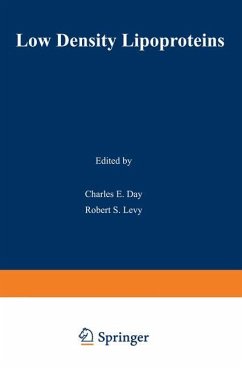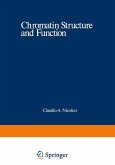(Written for the original Russian edition) Out of all the functional groups of protein molecules that be long to the side chains of amino acid residues, the sulfhydryl or thiol (SH) groups of cysteine residues and the disulfide (S-S) groups of cystine have for long attracted particular attention from chemists and biochemists. This is due, on the one hand, to the high chemical reactivity of these groups, which enter into many, and often very characteristic and selective, reactions with several types of compound. On the other hand, this attention is connected with the great significance of SH and S-S groups for the specific functions of a number of enzymes, hormones, and other biological ly active proteins, and consequently for the normal course of many physiological processes. The varied functions of sulfhydryl and disulfide groups in en zymes are particularly interesting; their role can consist of bind ing substrates and cofactors, in direct participation in the catalytic act, orin maintaining (in ways not so far sufficiently studied) the native, catalytically active conformation of the protein. It is entirely natural that the detailed study of the chemical behavior and biological role of these sulfur-containing groups in proteins (and in such low-molecular cofactors as glutathione, co enzyme A, lipoiC acid, etc. ) has, in addition to its academic, gen eral biological interest, great Significance for many applied branches of medicine and biology (toxicology, radiobiology, diagnostics and therapeutics, biochemical engineering, plant growing, etc. ).
Hinweis: Dieser Artikel kann nur an eine deutsche Lieferadresse ausgeliefert werden.
Hinweis: Dieser Artikel kann nur an eine deutsche Lieferadresse ausgeliefert werden.








